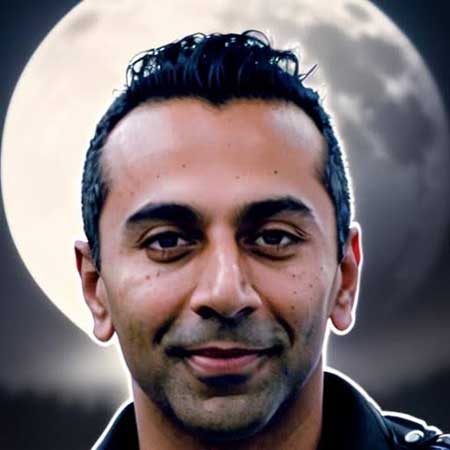Ramji Srinivasan, Co-founder and CEO, Teiko
1) Tell us about your background and how/why you started the company.
I’m an accidental life-science entrepreneur. My cofounders at Counsyl, my previous company, asked me to be in the field, back when I was thinking of doing something on the mobile internet. In fact, I still don’t think of myself as a life sciences entrepreneur, but as a technologist who enjoys working on important problems. Specifically, I like to work on freedom problems. I like ideas that give people more emotional, financial, time, or health freedom.
What motivates me to work in immune measurement is the role these amazing new immunotherapies and cell therapies are playing in people’s lives. Can you believe that you can give someone a one-time therapy, and their own cells fix their own cancer? It’s insane! Wow. It feels awesome to help companies like that achieve their mission.
2) What are the key problems you are addressing and how you are delivering value to customers through software workflows? [[and/or How is AI changing the industry?]]
Key problem we’re addressing is that “debugging” an immunotherapy during the trial process is still a dark art.
Within that problem, we solve three issues that bedevil immunotherapy developers:
- Blood samples fail at a 10-20% rate on trial, rendering multi-million datasets moot. We’ve created a kit that can reduce collection failure rates from 10-20% to <1% while extending sample stability from 3 days to 24 months.
- Competing techniques only cover <5% of the immune state. With a single tube, a drug developer can look at 700+ immune subpopulations, representing a ~16X over the status quo.
- The fate of a drug requires scientists to make decisions based on a multi-million datapoint dataset with little training. Our platform delivers immediately analyzable datasets—no weeks-long waiting. You can preview demo datasets on app.teiko.bio.
We use software workflows to run our lab and build our computational pipeline. We use advanced machine learning, including unsupervised clustering and high-dimensional visualization techniques to make the data digestible. We use techniques like unsupervised clustering to crunch massive datasets and help drug developers find subtle cell types that might be missed by eye. Those cell types might hold clues to faster cures or approvals.
3) What have you enjoyed or what do you look forward to about working with Tau Ventures?
Huge fan of Amit and the firm he’s built at Tau. Amit’s great at seeing around the corners and has the pulse of the capital markets. We’re thrilled to have Tau involved!


